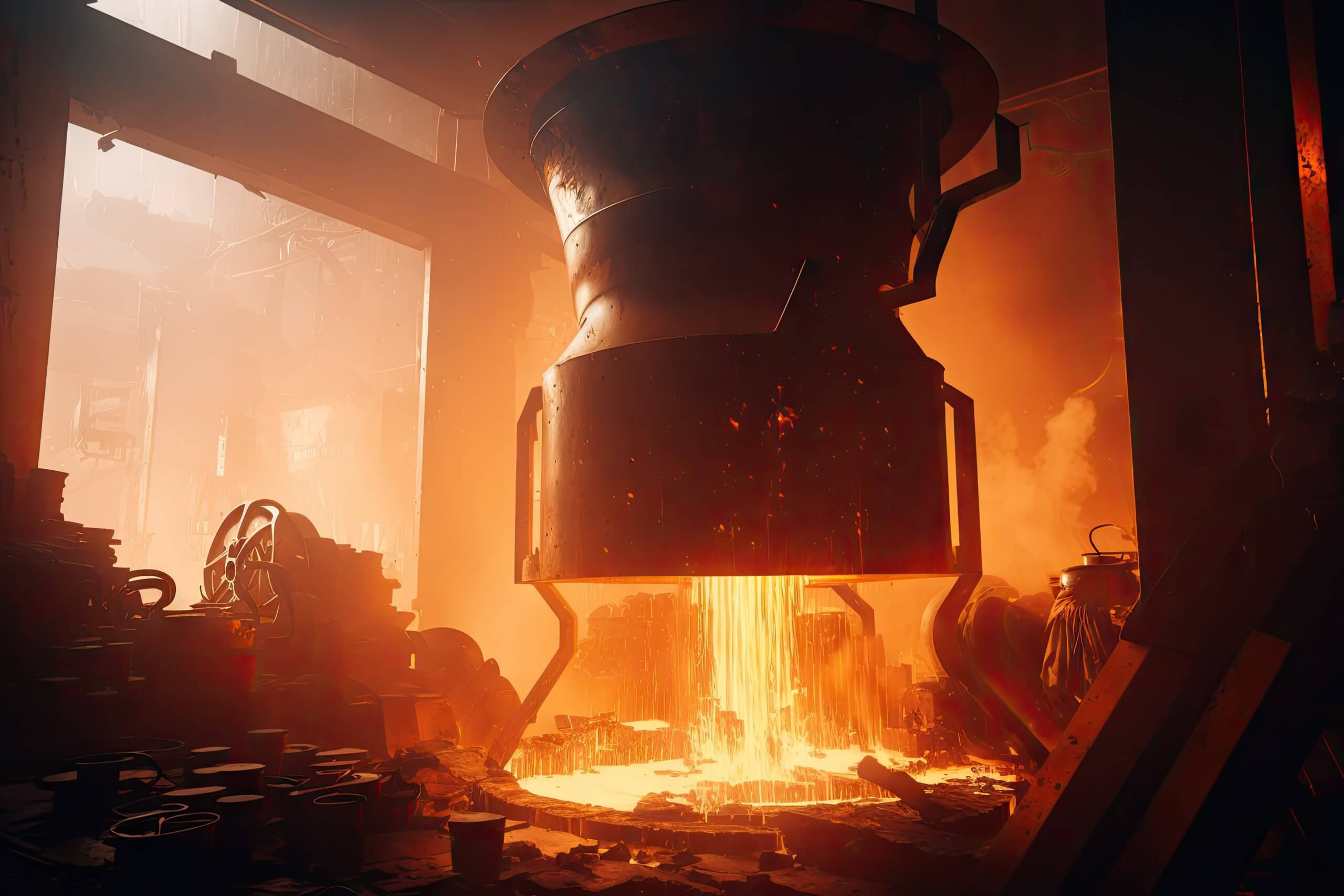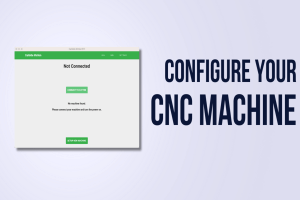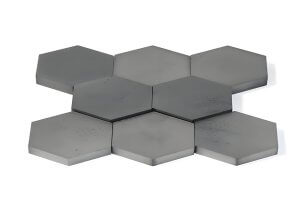Metal products are everywhere in our daily lives. From lamps and kitchen utensils to cars and skyscrapers, metal manufacturing processes are integral to our existence. Among these processes, casting and forging are particularly crucial. While both methods can alter the shape of metals, they differ significantly in their approach and application.
Basics of Casting
Casting involves pouring molten metal into a mold, which then cools and solidifies to form the desired shape. This process dates back to ancient Mesopotamia and China, around 7000 years ago, where people used copper to make various tools and utensils. Modern casting processes are widely used in industrial manufacturing, enabling the production of precise and complex parts at a low cost.
Steps in Casting
- Creating the Mold Cavity: Molds are essential tools in casting, typically made from metal, plastic, or wood. The mold cavity is a mirror image of the desired part, and molten metal fills these cavities during casting. Common mold types include sand molds, ceramic molds, and metal molds.
- Pouring Molten Material: The metal is heated to its melting point and poured into the mold. The melting equipment and pouring methods vary based on the size and complexity of the casting. Manual crucible handling or mechanical tilting are common pouring methods.
- Cooling and Solidification: The molten metal cools and solidifies within the mold, forming the desired shape and structure. The cooling process can take from a few minutes to several hours, depending on the size and material of the casting.
- Removing the Casting: Once cooled, the casting is removed from the mold. Expandable molds (such as sand or ceramic) are typically destroyed during this process, while permanent molds can be reused.
Casting Methods
There are various casting methods, each with its unique characteristics and applications:
- Sand Casting: Sand casting uses sand to create molds, suitable for almost all metals and alloys. It is cost-effective, offers flexible shapes and sizes, but has lower surface precision.
- Investment Casting: Also known as lost wax casting, this method uses wax patterns to create ceramic molds. It produces high-precision, complex-shaped castings, commonly used in aerospace and medical device industries.
- Die Casting: This method uses metal molds and injects molten metal under high pressure. Die casting is ideal for mass production, offering high dimensional accuracy and short production cycles, often used for automotive parts and household appliance housings.
- Centrifugal Casting: In this method, rotating molds distribute the molten metal evenly along the mold walls, suitable for making symmetrical cylindrical parts like pipes and pressure vessels.
- Vacuum Casting: Conducted in a vacuum environment, it is ideal for producing high-precision, detailed parts, helping to eliminate air pockets and other casting defects.
- Gravity Die Casting: Gravity die casting does not require pressure injection or plunger mechanisms, using gravity to transfer the material from the furnace or ladle into the mold. This method is mainly suitable for low-melting-point non-ferrous alloys such as copper, zinc, aluminum, and magnesium.Benefits:
- Better Structural Definition: Due to the lack of pressure flow, the final parts have minimal porosity.
- Improved Mechanical Properties and Surface Finish: The castings have smoother surfaces and superior mechanical properties.
- Simpler Tooling: No injection mechanisms are needed, reducing tooling costs.
- Lost Foam Casting: Uses a polystyrene foam model to shape the desired part. The molten metal is poured into the model, which disappears as the metal cools, forming complex geometries.
Materials Used in Casting and Their Properties
Casting processes are compatible with a variety of metals and alloys, each with unique properties and applications. Below is a comparison of some common casting materials:
| Metal/Alloy | Tensile Strength | Fatigue Resistance | Hardness | Wear Resistance | Corrosion Resistance |
|---|---|---|---|---|---|
| Magnesium | Moderate | Good | Moderate | Moderate | Moderate |
| Aluminum | Moderate | Excellent | Moderate | Good | Excellent |
| Iron | High | High | High | High | Low to Moderate |
| Zinc | Moderate | Low | Moderate | Moderate | Good |
| Steel | Excellent | Excellent | Excellent | Excellent | Moderate to Excellent |
| Copper Alloy | High | Good | Moderate | High | Excellent |
| Lead Alloy | Low | Low | Low | Low | High |
Advantages and Disadvantages of Casting
Advantages:
- Complex Shapes: Casting processes can produce complex geometries and internal structures.
- Material Versatility: Works with a wide range of metals and alloys, offering high flexibility.
- Cost-Effective: Suitable for large-scale production, reducing unit costs.
- Wide Size Range: Can cast parts from small components to large industrial equipment.
- High Strength and Durability: Controlled cooling ensures uniformity and mechanical properties.
Disadvantages:
- High Initial Costs: Mold making is expensive, especially for permanent molds.
- Surface Finish: Sand casting and similar methods often result in rough surfaces requiring further treatment.
- Complex Process Control: Casting involves multiple parameter controls, increasing complexity.
Applications of Casting
Casting is widely used in various industries, including:
- Automotive Industry: Aluminum die casting is used to produce lightweight, high-strength car parts like engine blocks and transmission components.
- Aerospace: Investment casting and other high-precision methods produce engine parts, turbine blades, and more.
- Consumer Goods: Casting processes create complex decorative items, kitchen utensils, and appliance housings.
- Industrial Equipment: Sand casting and other methods produce pumps, valves, hydraulic cylinders, and more.
- Medical Devices: Precision casting produces biocompatible implants and surgical instruments.
- Energy Sector: Casting techniques create high-pressure and corrosion-resistant energy equipment components, such as wind turbine parts and nuclear reactor components.
Comparison with Other Forming Processes
Casting and injection molding differ in many aspects. Injection molding is primarily used for plastic parts production, while casting is for metals and alloys. Here are the main differences:
- Materials: Injection molding mainly uses polymers, whereas casting uses various metals and alloys.
- Costs: Injection molding has high equipment and mold costs but is economical for large-scale production; casting molds are relatively cheaper, suitable for small-scale production.
- Complexity: Casting can produce complex shapes and internal structures; injection molding has limitations in shape and size.
- Application Areas: Casting is widely used in automotive, aerospace, industrial equipment, and other industries, while injection molding is primarily for consumer goods and electronic products.
Casting is an ancient yet vibrant process, playing an increasingly important role in modern manufacturing. Whether for complex industrial equipment or exquisite consumer goods, casting offers unique advantages to various industries.
Other Articles You Might Enjoy
- Different types of casting
Introduction to Casting in Manufacturing Casting is a foundational manufacturing process wherein molten material—often metal—is poured into a pre-shaped mold and allowed to solidify, forming a replica of the mold's…
- Comprehensive Guide to Metal Cutting Tools
In modern mechanical manufacturing, metal cutting processes are the most widely used methods, accounting for over 50% of the total workload in mechanical manufacturing. Whether it's a conventional lathe, an…
- The Ultimate Guide to Metal Surface Finishes
Part production requires metal surface finishing. Quality metal surface finishing will make any part look better, no matter how well it is finished. There are many types of metals. Welder…
- CNC Machining of Hardened Metals: Techniques for Ensuring Quality and Precision?
Introduction to CNC Machining CNC machining, also known as Computer Numerical Control machining, is a pivotal component within the manufacturing industry. This highly automated process leverages computer software and machinery…
- 11 Different Types of Casting Process
Introduction to Casting Processes Casting stands as a cornerstone in the realm of manufacturing, enabling the creation of complex shapes and designs that would be challenging or impossible to achieve…
- Aluminum Alloy Die Casting Surface Treatment
Aluminum Alloy die-casting has incomparable advantages over another casting. Such as perfect, light quality, corrosion resistance, etc, thus making it popular with the public, especially in the automotive lightweight, Aluminum…






